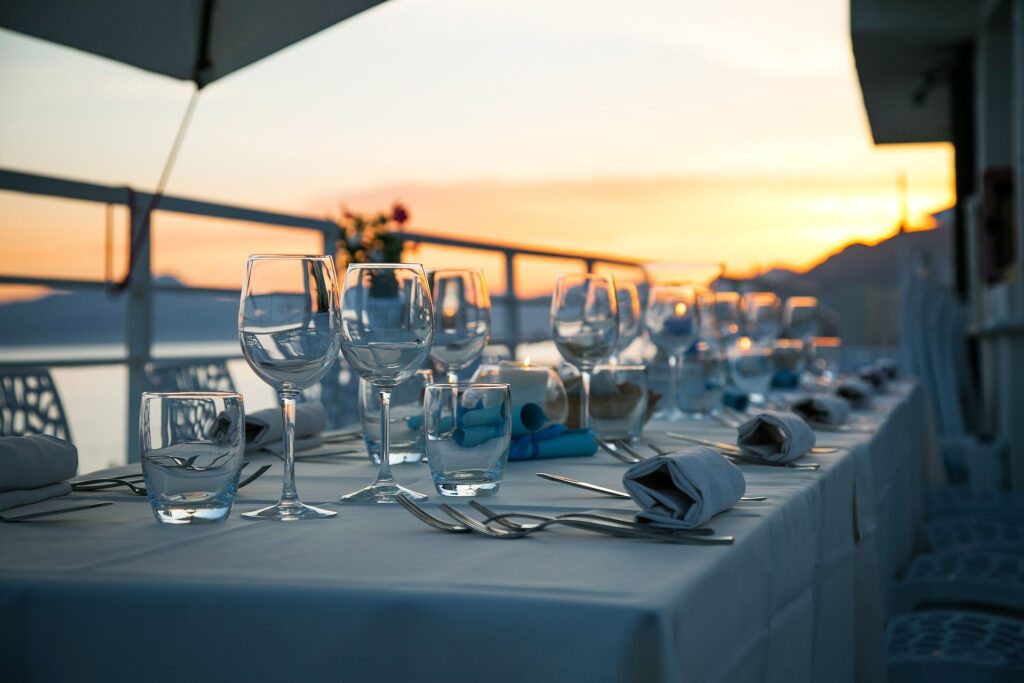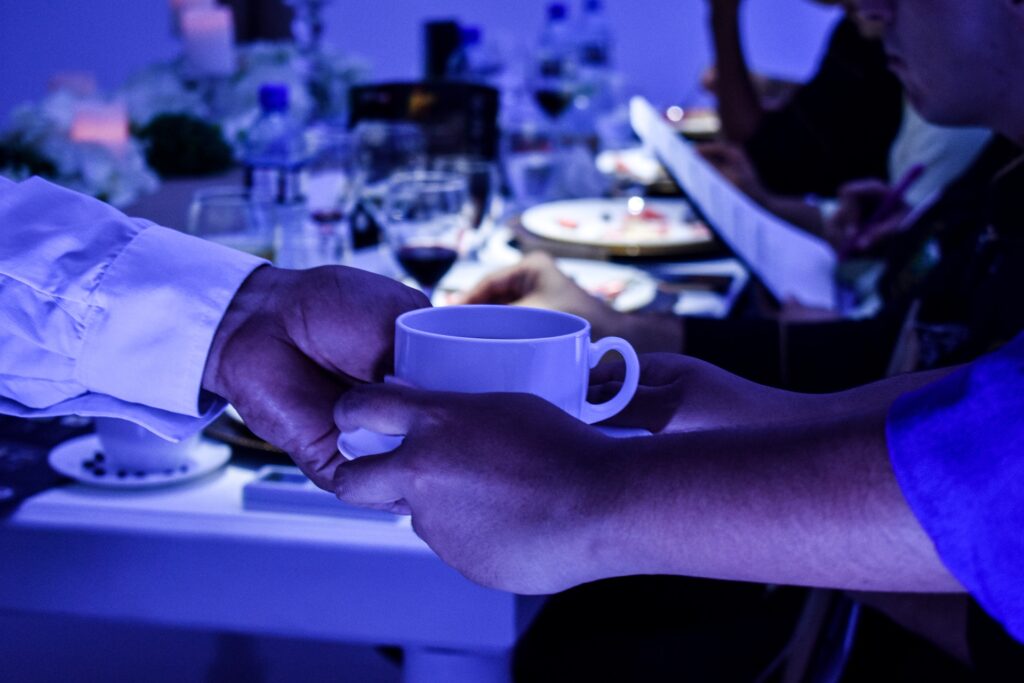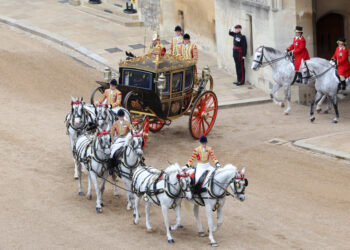 As the World Protocol Magazine Editorial Board, we take enormous pride in keeping this platform open to all experts from the numerous fields of business and protocol: Elisabeth Soos, from Australia is the next of many who have taken the opportunity of working together with WPM.
As the World Protocol Magazine Editorial Board, we take enormous pride in keeping this platform open to all experts from the numerous fields of business and protocol: Elisabeth Soos, from Australia is the next of many who have taken the opportunity of working together with WPM.
Ms Soos is an Australian-based etiquette expert and owner of Auersmont School of Etiquette (ASE), the first finishing school established in Melbourne, 2010. The school offers online coaching, group training, and a variety of short courses. ASE is ideal for those who want to confidently enter industries such as the diplomatic corps, parliament, and international private and public companies such as finance, healthcare, and medicine.
From a young age, Elizabeth had an interest in the European ways of etiquette. After working 20 years between corporate finance and executive administration, she opened ASE; this was her true calling. Her programs provide a deep dive into global business etiquette and royal etiquette, helping her clients be prepared by putting their best foot forward. In her second article published by WPM, she explains the uniqueness of dining the Australian way.
 In the Encyclopedia of Kitchen History by Mary Ellen Snodgrass, she describes her research leading her to the “1883, People’s Publishing Company compiled Australian Etiquette or the Rules and Usages of the Best Society in the Australian Colonies. The book served a self-conscious populace generally ridiculed by the supercilious English for its convict and labouring-class backgrounds. As Victorian manners reach the island nation, those who were moving up from billy tea to silverware and china had a reason to study manners in private, lest they humiliate themselves in public.”
In the Encyclopedia of Kitchen History by Mary Ellen Snodgrass, she describes her research leading her to the “1883, People’s Publishing Company compiled Australian Etiquette or the Rules and Usages of the Best Society in the Australian Colonies. The book served a self-conscious populace generally ridiculed by the supercilious English for its convict and labouring-class backgrounds. As Victorian manners reach the island nation, those who were moving up from billy tea to silverware and china had a reason to study manners in private, lest they humiliate themselves in public.”
Harsh words indeed! I am sure that if Mary Ellen Snodgrass were here today, she would be shaking her head in great disappointment. Australian dining is a relaxed affair where food and company are appreciated over pomp and ceremony. What does dining look like on a diplomatic level in Australia?
The Debrett’s Handbook of Australia and New Zealand talks about diplomatic occasions in 1982 (and I do not think things have changed since), ‘diplomatic etiquette is also less formal than once it was, but there are still certain rules and conventions…’ together ‘using normal courtesy and common sense’. It is customary that embassies will hold receptions with an international crowd, either on-site or at hotels. Meals from formal, informal to cocktails may be served depending on the type of reception.

Once you receive your invitation, it will reveal to you the type of event you have been invited to; its purpose, time, place, dress code, and who to send the rsvp to. A phone number may be given to contact RSVP; that is the time to check in with any food allergies you or your plus one might have. Perhaps the menu may be available, enabling you to go over your dining techniques, so you do not worry whilst dining and talk business or network.

During a state visit, Polish president Lech Walesa was served artichokes. Artichokes are unfamiliar to the Polish palate, the president picked up and ate the spiny leaves. Having seen the prime minister’s tenacity in masticating the leaves to a swallowable amount, Her Majesty the Queen said: „Why don’t you eat the bottom part? It takes so long to eat the leaves.”

The point of having diplomatic receptions is to encourage good relationships between countries, but it also assists in showcasing the country’s best and unique produce. What is Australia’s exceptional produce? Collaboration between the William Angliss Institute and the University of Melbourne Faculty of Veterinary and Agricultural Sciences and Sustainable Agricultural Production Research Group have brought Australia’s native vegetation such as ‘warrigal greens, lemon myrtle, cinnamon myrtle, finger lime, pepper berry, saltbush, river mint, sea parsley, and sea celery’ to the forefront leading the ‘cultivation and consumption of these foods to a mainstream level’.
No doubt, these Australian natives would be highlighted and promoted on a consular menu somewhere in the world! You might be scratching your head, asking yourself, how could I eat these foods? Remember the Polish President and the artichoke? Well, here is a heads up…simply with a knife, fork, spoon, your taste buds on standby and an adventurous spirit. The good news is that these ingredients are used in the traditional French style of cooking and plating. Making it easy to eat a uniquely Australian experience.
To learn more about the Auersmont School of Etiquette, please visit: https://auersmont.com.au/index.html




